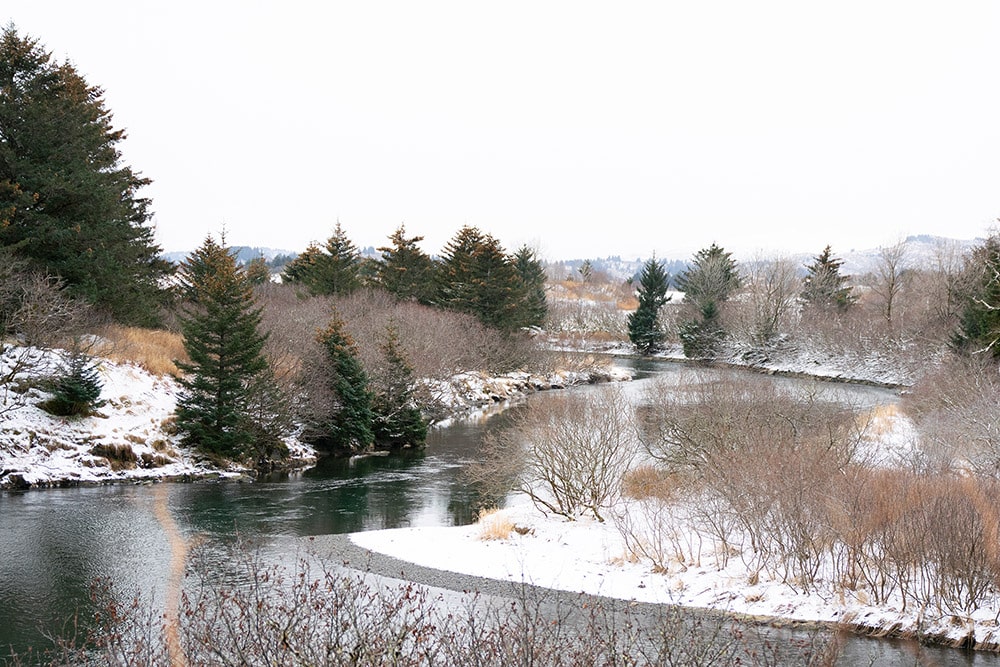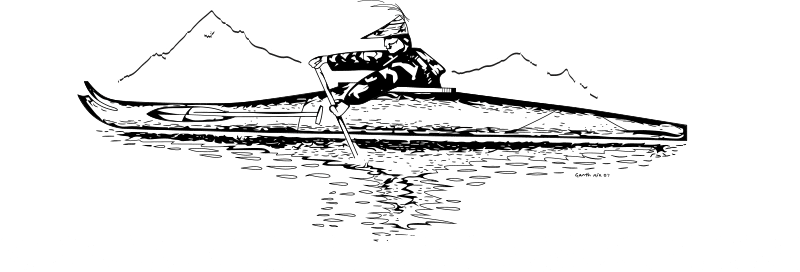CONNECTIVITY – SWOT
STRENGTHS

- The Kodiak road system has great fiber broadband internet providing excellent connection speeds that are competitive anywhere in the world.
- Old Harbor Native Corporation – owns Kodiak Microwave Systems, providing service throughout the region. Their expertise and work in the industry could assist with developing broadband internet infrastructure development throughout the region.
- Tribes in the Kodiak Region submitted applications to the Federal Communications Commission 2.5 GHz Rural Tribal Window. The Alutiiq Tribe of Old Harbor, the Tangirnaq Native Village, Sun’aq Tribe, the Native Village of Port Lions and the Karluk IRA applied for individual licenses; while the Native Village of Akhiok, the Native Village of Larsen Bay, and the Native Village of Ouzinkie applied with Alaska Tribal Spectrum, a consortium of Alaska Tribes.
- The Native Village of Port Lions is the recipient of an NTIA Grant to connect the village of Port Lions and Ouzinkie in the Kodiak region, and four additional villages on the Aleutian Chain with fiber internet services through GCI.
WEAKNESSES
- The “Last Mile” of internet connectivity is the most expensive and challenging. The “First Mile” is built to Kodiak and “Middle Mile” are more easily overcome.
- Internet service performance varies considerably from village to village and even from location to location within a village. A comprehensive speed/performance analysis should be completed.
- Current internet connections generally occur through microwave systems that are susceptible to interruptions and damage from Kodiak’s inclement weather.
- Public community access locations are limited and inconsistent: Old Harbor not ADA accessible; Port Lions library connection is inconsistent; Ouzinkie has public access at city hall and tribal center – Ouzinkie Native Corporation provides access to shareholders.
- Current providers have limited financial incentive to install, maintain, and enhance broadband internet infrastructure due to the small populations of the village communities.
OPPORTUNITIES

- Federal funding: NTIA (National Telecommunications and Information Administration) and USDA ReConnect funding programs are set to fund improving broadband internet service to rural America with some specific focus on Alaska Native and Native American communities.
- High Speed cellular wireless: 2.5 ghz license (capable of carrying the 5G cellular network) may be utilized to overcome the high-cost of delivering the “last mile” connection.
- USDA ReConnect grant funded project by GCI bringing fiber broadband from Kodiak down the Aleutian chain. The fiber line is planned to stop into Larsen Bay to boost the signal.
- Community internet access points may provide internet access to residents who otherwise are not able to afford residential broadband internet (if available) or own computers.
- Starlink, a low-orbit satellite network is growing and may suffice to be a cost-effective method to deliver broadband internet access to remote locations.
- Broadband Internet connectivity in rural village communities may increase options for residents to work remotely, engage in e-commerce, receive education and workforce development training remotely, and pursue alternative forms of income producing work.
THREATS
- Municipal and Tribal governments entering into the broadband internet service industry comes with risk – financial, operational, and opportunity. A decision to pursue development of broadband internet infrastructure should be carefully considered.
- Communities need to be ready for funding opportunities when they are announced in order to successfully submit a competitive application within deadline. Developing a shovel-ready project proposal comes with a financial and opportunity cost risk.
CONNECTIVITY – NARRATIVE
Without adequate internet access, the village communities in the Kodiak Archipelago are unable to fully participate in today’s internet-based marketplace, workplace, meeting space, and access educational opportunities. The COVID-19 pandemic has made the challenges of inadequate internet access even more evident and these challenges have played a role in decreasing populations in our village communities.
In our 21st Century world, communities with limited internet availability and speed are at a disadvantage from those with fast, reliable internet access. Fast and reliable internet connectivity is commonplace in many parts of the United States and it can be easy to forget that many of our rural communities are much more limited.
The benefits of fast and reliable internet access are many, including access to commerce, entertainment, current events, research and education materials. Information can be so accessible that many with fast and reliable access often take it for granted.
The City of Kodiak and most of the Kodiak Road System is connected to high-speed fiber broadband internet. However, the rural village communities have less reliable options resulting in limited internet connections. Speed, reliability, and cost all vary considerably from village to village. Public knowledge of the service providers, speeds, reliability, and costs is generally incomplete, anecdotal, and highly variable. The general consensus is that internet connectivity is too slow, unreliable, and too expensive. Furthermore, it is known that many of the communities have fast and reliable internet access in schools, medical clinics, and some libraries. The services used in these locations are very expensive and rely heavily on subsidies. The accessibility to these connections is unavailable to the average homeowner and/or small business that may be located next door to one of these community facilities.
To advance efforts in enhancing internet accessibility in the Kodiak region, it is imperative to start with an evaluation of the existing conditions. A comprehensive understanding of the current state is essential for creating strategic plans regarding the allocation of upgrade investments and determining where they should be directed.
One glaring reality is the large expense of building physical internet connectivity infrastructure. The common return on investment calculation for private industry investment makes many projects prohibitive. Public funding to connect rural communities needs to be utilized.
The Native Village of Port Lions is the recipient of an NTIA Grant to connect the village of Port Lions and Ouzinkie in the Kodiak region, and four additional villages on the Aleutian Chain with fiber internet services

